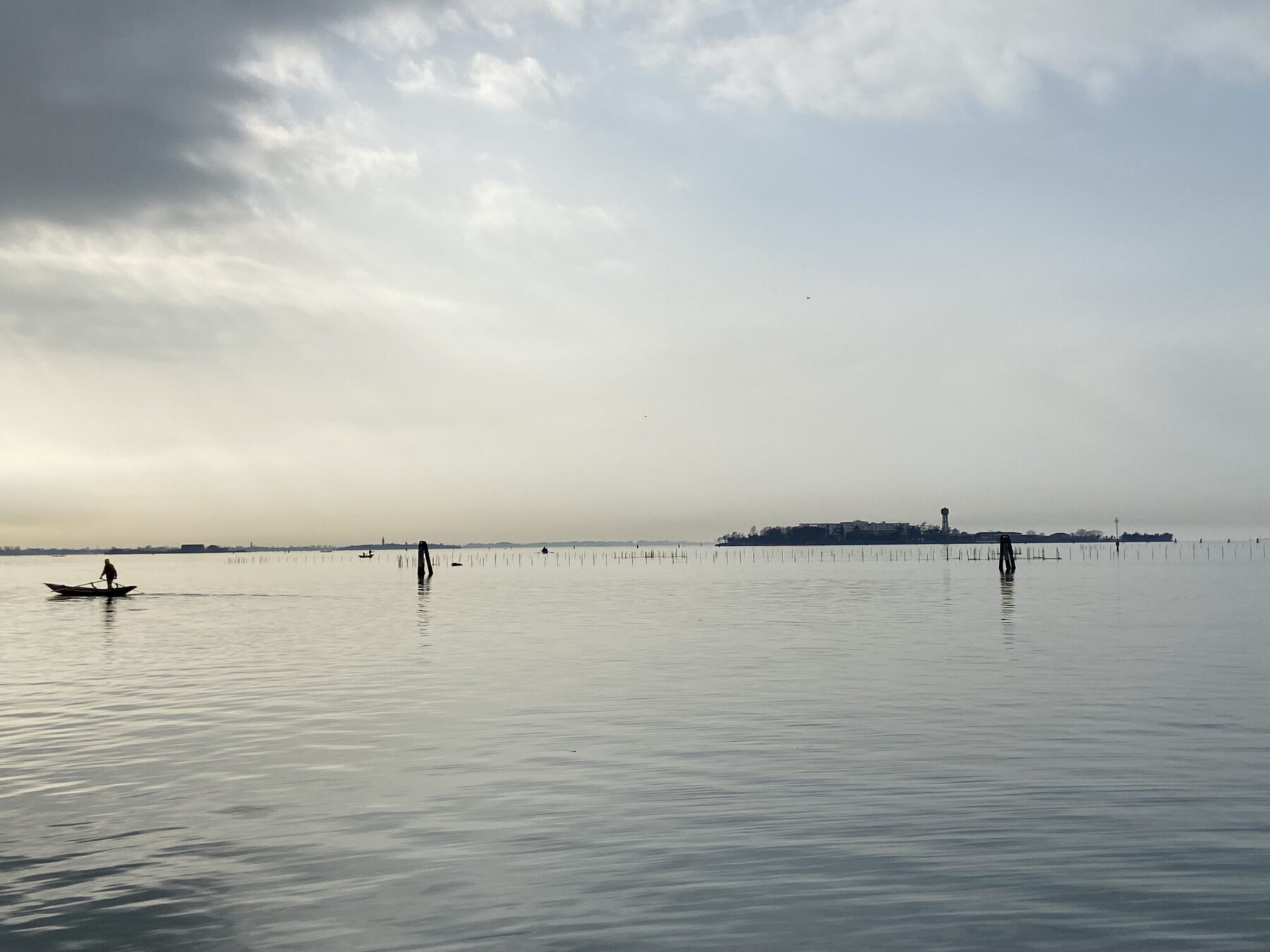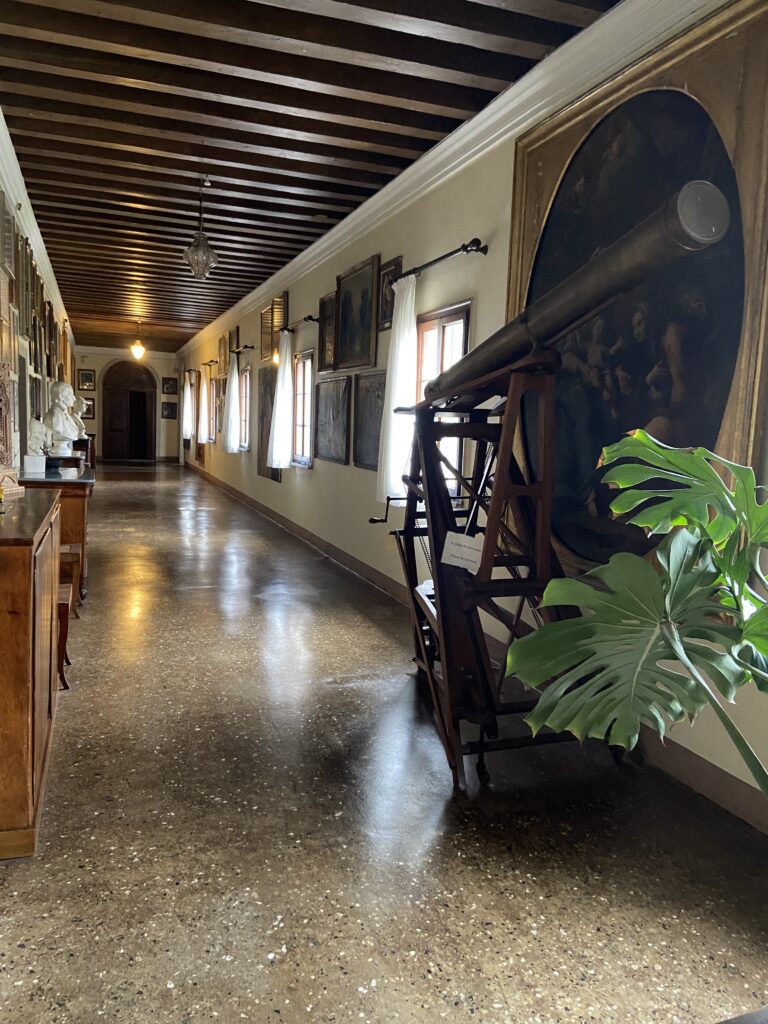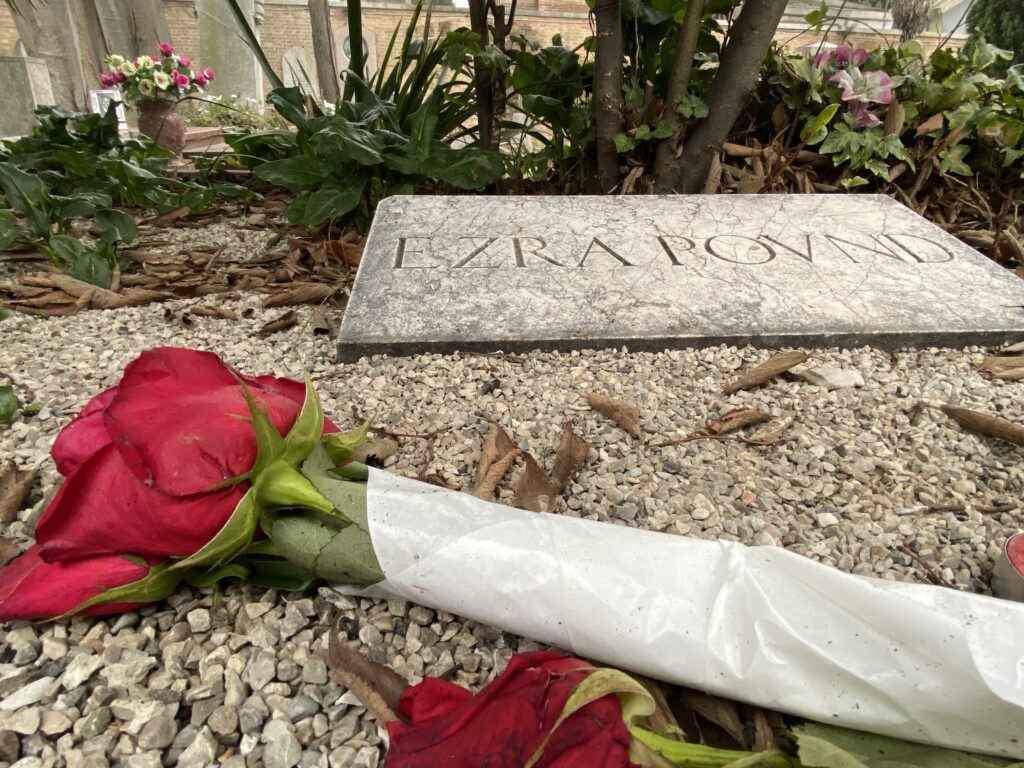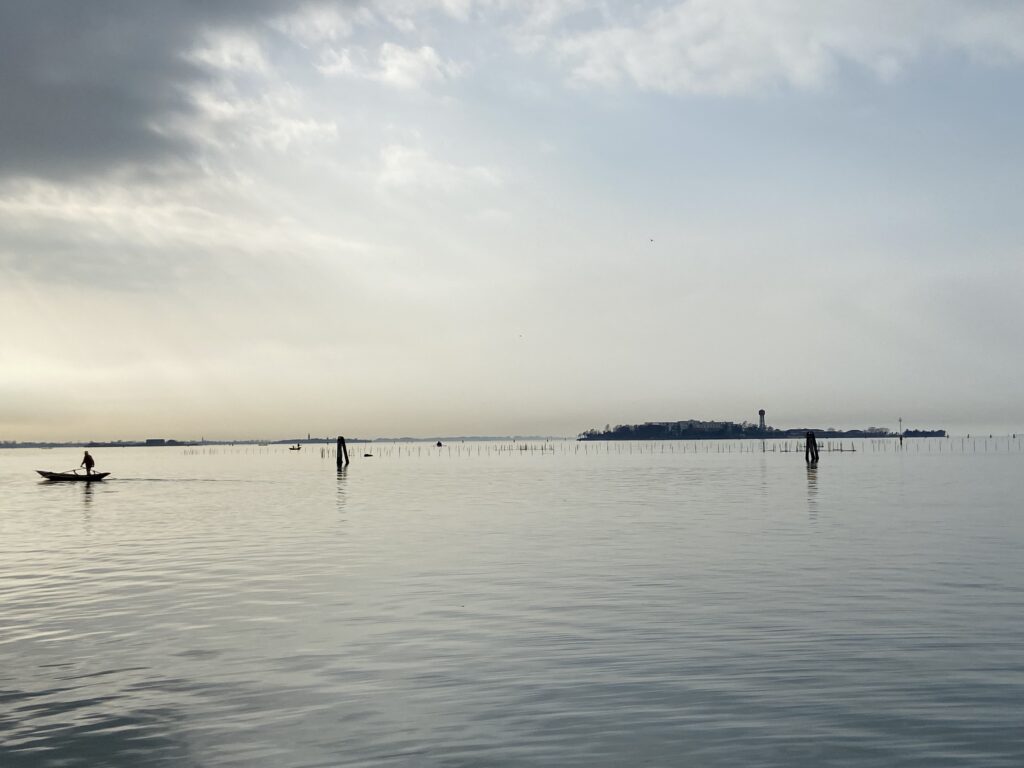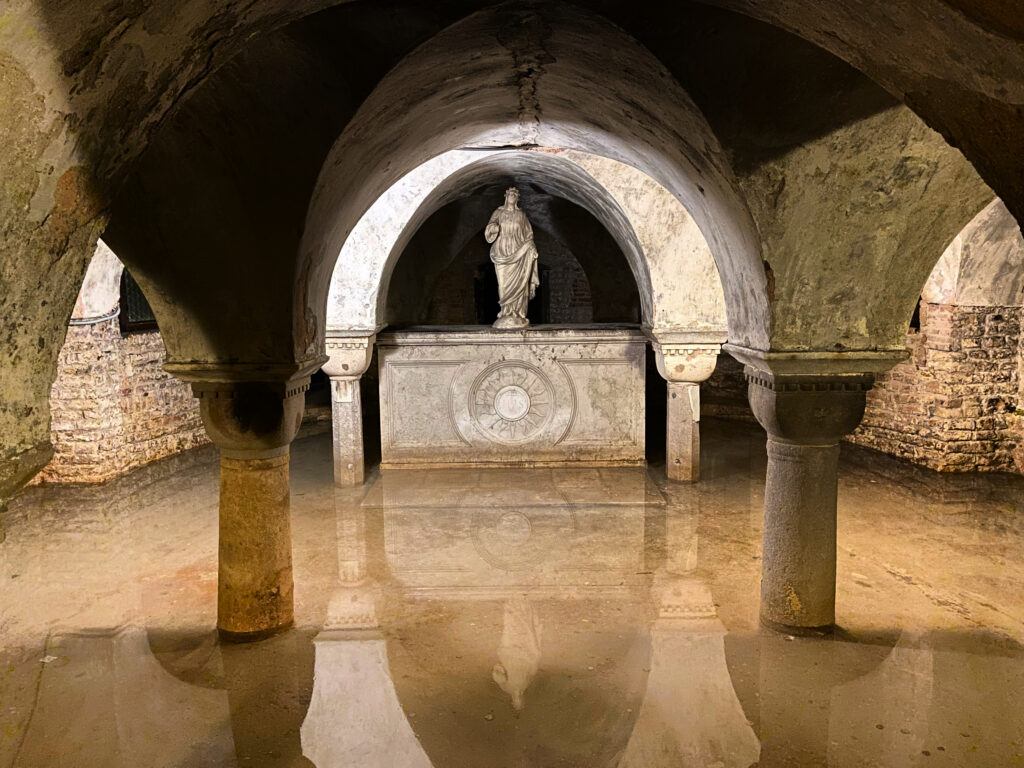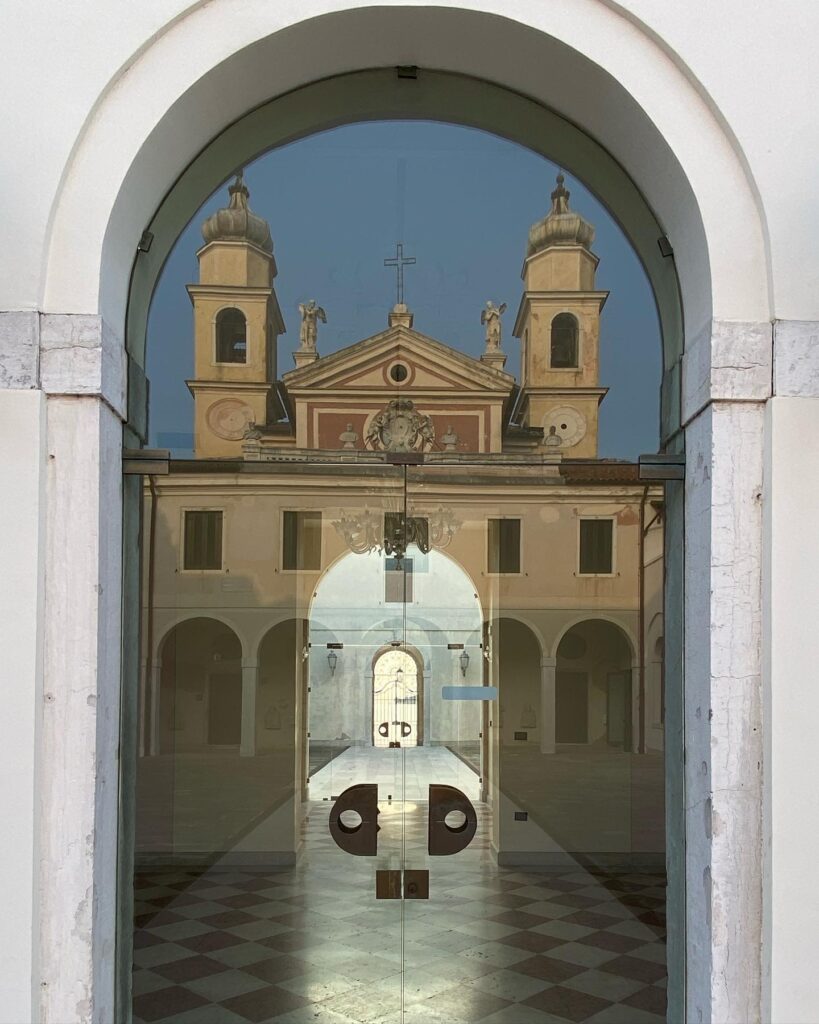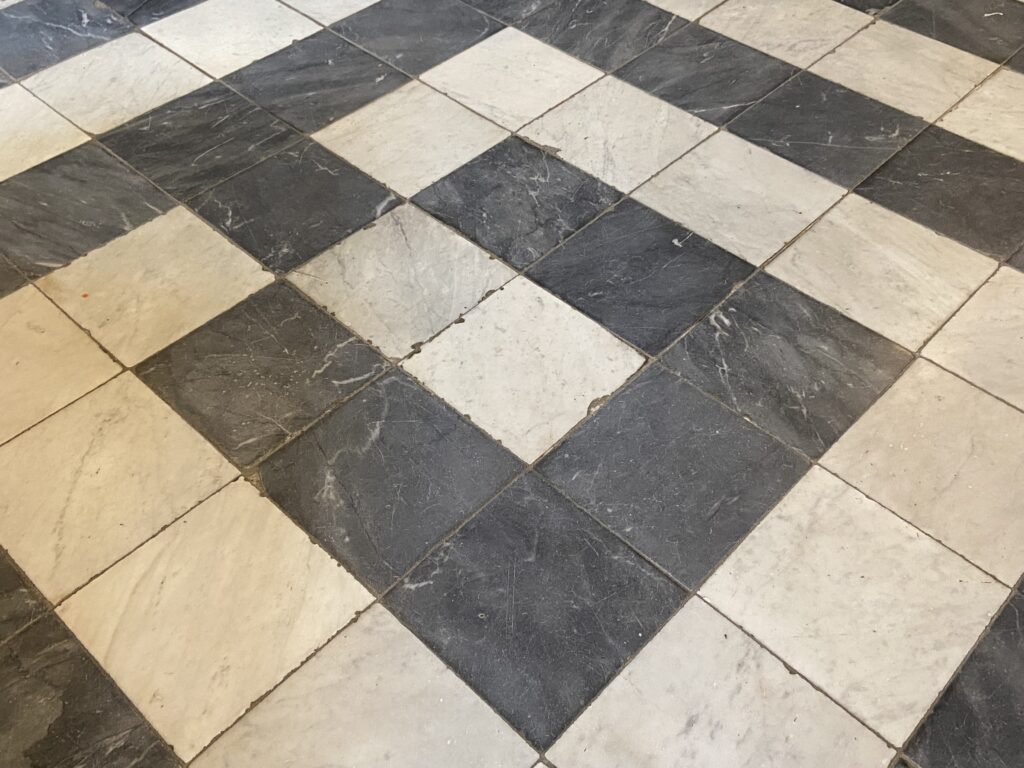What time does Venice close?
The tracks
There is nothing more beautiful than a rattling train: the movement, the shifting of one’s point of view. The tracks running eternally in two, limitlessly embraced, but forever independent: this is how life should be. Autonomy and loving each other. In February 2022, I returned to Venice after so many years: it was like reintroducing myself to a past that seems to have existed within another existence. 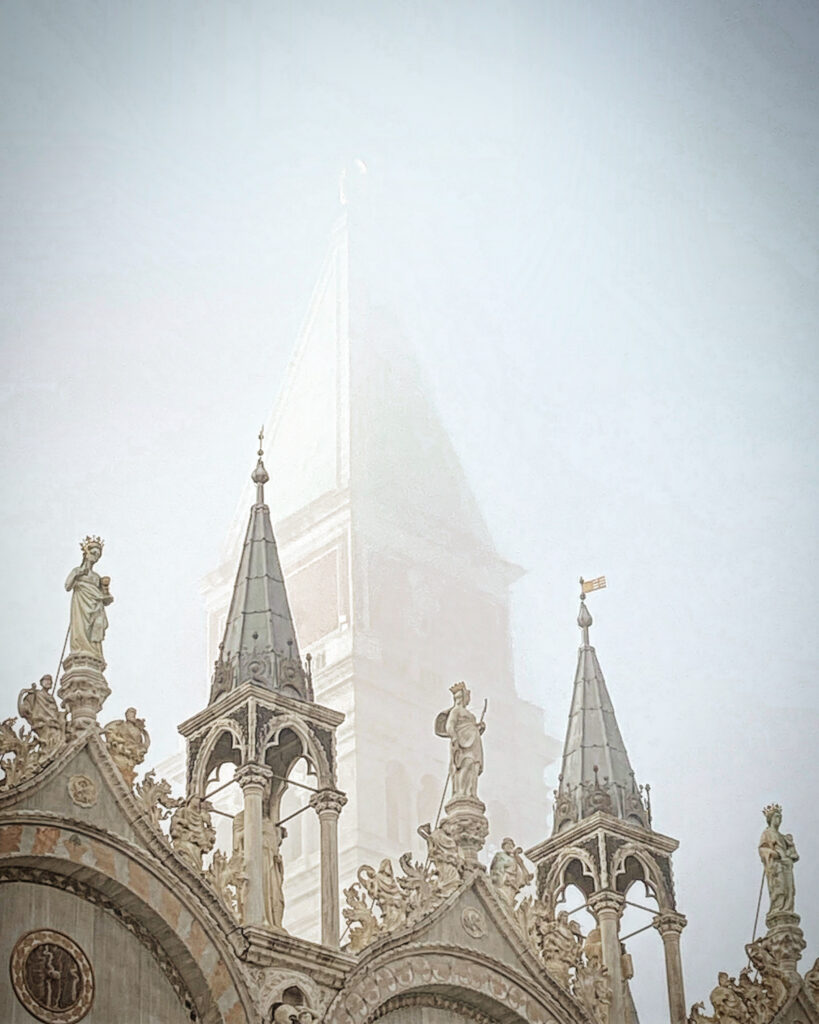 As the train touches the Santa Lucia station, after that piece of the railway that seems to float in the middle of the water, memories of my university years come to mind, how I used to come here to spend time with a friend who now lives another life elsewhere, the carefree nights as a student. It is strange how I can no longer remember a single name of those who were part of those weightless years. Once, in a television series, I heard one of the characters say a phrase that seems to fit like a glove: it would be nice if there was a way to know that you are in the good old days before you really leave them. You only understand it in retrospect, this life.
As the train touches the Santa Lucia station, after that piece of the railway that seems to float in the middle of the water, memories of my university years come to mind, how I used to come here to spend time with a friend who now lives another life elsewhere, the carefree nights as a student. It is strange how I can no longer remember a single name of those who were part of those weightless years. Once, in a television series, I heard one of the characters say a phrase that seems to fit like a glove: it would be nice if there was a way to know that you are in the good old days before you really leave them. You only understand it in retrospect, this life.
St. Lazarus of the Armenians
I buy a card (cost February 2022: 30€) that allows me to take as many vaporettos as I want in the 72 hours I spend here. My first stop on this alternative itinerary (can you really write something original about Venice?) is San Lazzaro degli Armeni (https://mechitar.org/en): from San Marco in twenty minutes you can get there.
In these February days, the city is still empty: tourists are still far away, and Americans and many Asians are still stuck in pandemic lives across the sea. Nevertheless, with impish confidence, it seems to me that people are approaching other travellers. I realise this while standing in line in front of the entrance to the monastery (which can only be visited by reservation by sending an email at visite@mechitar.org): with a surge of hope – unknown in the past two years – I ask one of the few other people in line if she is Armenian. I know very well that she is Armenian, I have heard her speak, and in my head, that stream of sweet sounds sets off a stream of consciousness that is nothing short of joyful, catapulting me to Yerevan. Without even waiting for her to respond, then, I go on to tell her that I was in her country many years ago and that I loved it, as one can only love places. Ana is young and smiles full of joy to hear what I tell her. She worked in tourism, and the pandemic disintegrated it. But the happiness of travelling, no, that COVID did not destroy her, she tells me.
Regarding my visit (guided tours only – cost: 6€) to this monastery, I decide I want to remember only a few things: our mind cannot hold everything and so if everything flows, I want to freeze Beauty, I want to choose Beauty. In this, writing helps.
In one of the rooms, there is a panel that shows one of the many languages of India: the words were used to ordain priests, but the unique thing about this panel is that the lines on it read from right to left, and then the next ones from left to right, and then again from right to left: a kind of endless snake of words that turns on itself forever.
Then, I want to remember the small area beyond which the monks’ seclusion begins: there is a huge wooden telescope. I imagine these men dedicated to the spiritual, with their eyes inside that machinery watching the stars dancing above us.
At the end of the visit, while waiting for the Vaporetto, I find myself in a fragment of suspension: the water seems not to be there. There are no boats whizzing by. Everything is motionless. Everything seems to float above the ether, above a total nothingness. Does the island of St. Lazarus, then, really exist, or did I dream it?
St. Michael’s Cemetery
Here rest immense artists and thinkers, such as Mr Doppler, Ezra Pound and his partner Olga Rudge: a red rose embraces them, resting on the gravestone. There is also Igor Stravinsky next to Sergei Pavlovič Djagilev, an organizer and artistic director of dance performances, most famous for founding the company of the Russian Ballets from which the artistic careers of many dancers and choreographers, as well as Stravinsky’s, began.
I walk by several chapels, the most beautiful of all being St. Christopher’s and Mercy. Part of the Cemetery is also dedicated to a series of nuns and friars, who sleep next to a long line of French fallen soldiers: aviateur, soldat, infirmier, pilote, second maitre mécane, Jean, Gaston, Elie, Victor.
We are all the same on the other side. No flags, nothing that remains of our physical bodies, no possessions or money. Our works remain if we are lucky to have created something great. Otherwise, we remain in the memories of those who loved us, in the trajectories of our tracks.
San Pietro di Castello
In the days I spend in Venice, I realise – perhaps really for the first time, after so many visits to this city – that it is not at all the amusement park that many expect. Venice is real, while all around me concerts of words in Venetian run between one calle and another, only to disappear when you turn the corner and everything becomes silence and water.
Venice floats between different worlds and different dreams: it is here and there, it is East and West, in a few months it will go back to being half fairy tale and half trap, as Thomas Mann said, but now Venice is real in my eyes.
I spend a couple of hours in the neighbourhood of San Pietro di Castello and the normality of daily life becomes evident when I encounter a local market: the only difference is that instead of there being several fruit and vegetable stalls, where the product is sold by a girl leaning out of a boat. The reflection of the bags she passes to customers and the red scarf that descends from the nape of her neck down to one shoulder is mirrored in the water, next to a tomato that is taking a swim in the canal. There are no tourists here, no one who dares to ask what time Venice closes.
The sunken crypt of San Zaccaria
In Campo Zaccaria, there is a church dedicated to the same saint. The crypt (accessed with a €2 ticket – prices February 2022) is almost constantly flooded due to the gradual rise of the average sea level.
In itself, the visit is worthwhile. In front of the three naves that make up the crypt, however, I am again in crisis: is the above mirrored in the below, or is it vice versa, or both? In this extraordinary play of mirrors below, the sound of steamboats, footsteps, and pots banging in the kitchens above disappears. I recognize myself by reflecting myself in the water: I find myself almost funny, as I smile reflecting myself in the sea that reaches down here.
Giudecca
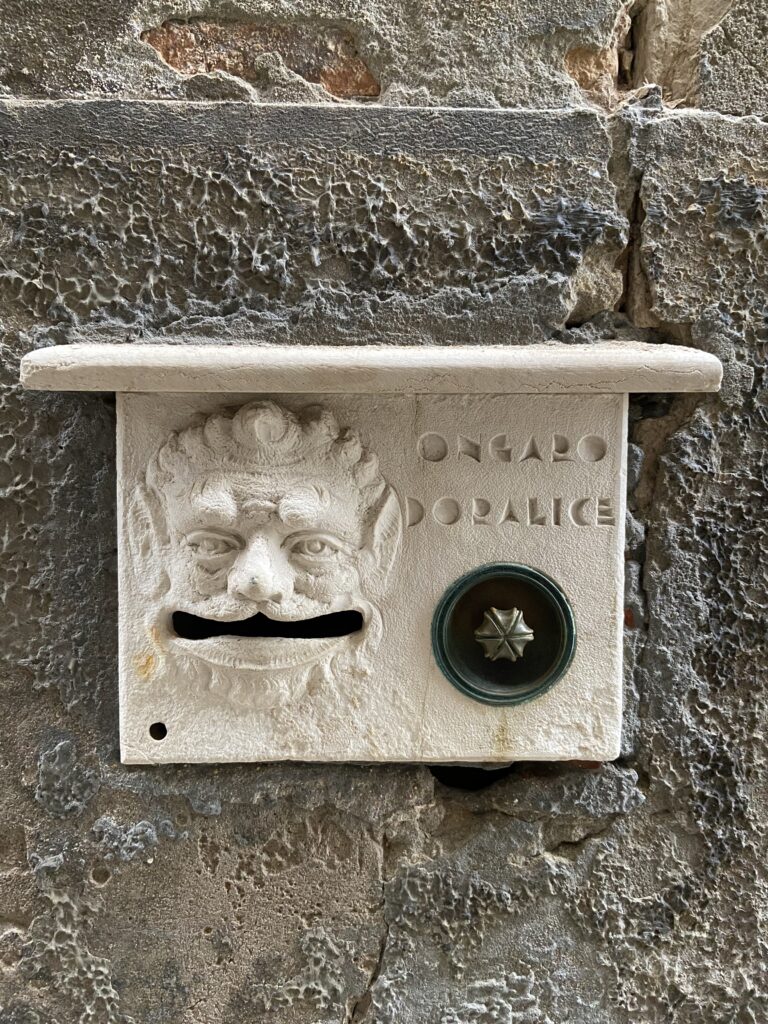 Another day, another island: Giudecca. I feel strangely at home here. As is often the case while travelling, other life does not exist. In my head, I do live in Giudecca, at least in the immediate present: I am one of the many residents I pass along the Spina Longa. I pet the many cats that pop up out of nowhere. I almost pretend not to see the many theriomorphic intercoms, beasts that protect the last names of those who do live here.
Another day, another island: Giudecca. I feel strangely at home here. As is often the case while travelling, other life does not exist. In my head, I do live in Giudecca, at least in the immediate present: I am one of the many residents I pass along the Spina Longa. I pet the many cats that pop up out of nowhere. I almost pretend not to see the many theriomorphic intercoms, beasts that protect the last names of those who do live here.
In front of the Hilton hotel, which used to be a mill and was called Stucky, I run into a group of friars taking pictures of the players of the Genoa team, here away to play against the Venezia FC. I didn’t even know there was a team for this city, but my knowledge of soccer is similar to my interest in the sport: null.
Near the Casa dei Tre Oci, yet another cat approaches me and does not let me go. Suddenly its owner – eighty years old, with thick glasses – leans out of the window and asks me if I want to come up for a coffee: I decline, but thank her because coffee is a sign of hope in the next person, at least in Italy.
At the end of the Rio del Ponte Nuovo, then, rowers train at the water’s edge: again Venice returns to floating in nothingness, to being here and there and nowhere at the same time.
San Servolo
San Servolo is completely desert, poised between a past in which it was a women’s asylum, and a present in which it is home not only to a huge free public park but also to a detachment of the city’s university and Afghanistan.
Right through the doors of the latter one enters the island. In one of the garden areas, I find a chair. It was dedicated to Vaclav Havel by Amnesty International.
Amid the complete silence of the island, I realise once more that the places hold and convey something of their past: what could the women who were locked up here do but throw themselves into the sea and perhaps try to disappear in this way, in the midst of their despair?
Cannaregio – Jewish Sestriere
In that life of which I speak at the beginning of this story, I had already seen the synagogues open to the public. But, given the faintness of my memory, I decide to take the guided tour again (you can book it here).
Thus concepts and information that had been lost who knows where in my memories resurface: the five windows on the facades to indicate the presence of a synagogue; the etymology – all Venetian – of the term ghetto, meaning foundry – the place where metal was “cast” (link); the three doors from which Italian common expressions such as essere in rosso, and essere al verde, seem to have originated; the elements of synagogues, where there must always be an ingredient of imperfection, like a crooked tile; the monuments to the Shoah, where too many names of children, some only a few months old, appear insistently.
And then the encounter with Him. No, this is not a love story. It’s just another story of how transient Venice is, how impenetrable or incomprehensible, perhaps.
I enter the store attracted by paintings in which orange and red, my favourite colours, dominate (although then I always wear black, that’s another story again).
A few steps from the entrance, there is a very fat cat sleeping in a basket under a heating lamp. He doesn’t like the cold, he announces.
He is sitting, reading at a small desk. Though I try hard, I cannot give him an age: he wears a mask, so I cannot make this assessment by accessing his dental data, which helps in such cases; he has eyes as young and fresh as a child’s, but deep wrinkles, sign of an old soul. Hir hair is unshaven on the sides of his head and falls in curls next to his ears. His clothes are black: pants just below the knee, high socks, and dark shoes. The only vanilla-coloured element is a cloth that sticks out from under the vest. From it, sprout fabric strands that bang against his legs with each step (as a reminder of sins?). As with Ana at St. Lazarus of the Armenians, an element as small as these cloth noodles, takes me back elsewhere, to Jerusalem, to that night when my sins quota was reset to zero.
We start chatting and right away I know that I cannot understand everything he says because he intersperses words in Yiddish and Hebrew with extremely complicated reasoning: he talks about Kabala, energy channels, and the difference between sign and de-sign. He talks about mountains in the Brembana Valley from which he says he came down to come to the middle of this whole plain. He mentions Shabbat and the beauty of the blackbird song. I try to stop the complexity of it all, asking absurd questions that are answered in an equally cryptic way:
– Why do you study?
– To feel free.
He is not tall at all. But it seems to me that within this modest shell lurks immense personality and knowledge that make me uncomfortable, because I know I don’t know, and I know that this life will never be enough to understand everything or retain everything.
And then, to distract me, comes another thought that will seem to you like a huge load of crap: for a moment, He doesn’t even seem real to me. Am I talking to myself? In this question, here is Venice again: the here and there, the everything and the nothing. The dream and the reality.
